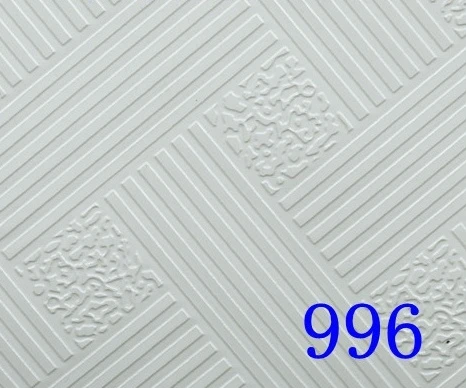Dec . 24, 2024 17:54 Back to list
Exploring the Innovations in Fiber Tile Technology for Modern Interiors
The Evolution and Significance of Fiber Tiles in Interior Design
In recent years, the interior design landscape has witnessed a remarkable evolution, characterized by the growing popularity of fiber tiles. These tiles, composed of various fibers and bonded materials, offer a unique blend of aesthetics, functionality, and sustainability, making them an excellent choice for both residential and commercial spaces.
What Are Fiber Tiles?
Fiber tiles are versatile surfacing materials that can be used for walls, ceilings, and even floors. Unlike traditional tiles made of clay, porcelain, or stone, fiber tiles are primarily composed of natural or synthetic fibers, combined with resins or adhesives for durability. This unique composition allows for diverse textural and color options, making them suitable for various design styles — from minimalist to bohemian.
Advantages of Fiber Tiles
One of the primary advantages of fiber tiles is their lightweight nature. Unlike heavier materials like stone or ceramic, fiber tiles are easier to handle during installation, which can significantly reduce labor costs and time. Additionally, their lightweight composition makes them an ideal choice for spaces that cannot support the weight of traditional tiles.
Another notable benefit is their insulation properties. Fiber tiles can contribute to better thermal insulation and sound absorption, creating a more comfortable living or working environment. This quality makes them particularly appealing for areas where noise reduction is essential, such as offices, libraries, or homes in busy urban environments.
Sustainability is a growing concern in today’s design practices, and fiber tiles often provide an eco-friendly alternative. Many manufacturers produce fiber tiles using recycled materials or natural fibers, such as coconut husks, jute, or sisal. This not only reduces waste but also promotes sustainability within the industry, appealing to environmentally conscious consumers.
Design Versatility
The design possibilities with fiber tiles are virtually endless. Their ability to mimic various textures and finishes allows designers to create stunning visual impacts. Whether you desire the rustic charm of wood, the sleekness of modern concrete, or the intricate patterns of Moroccan ceramics, fiber tiles can achieve this while maintaining lower maintenance requirements than traditional materials.
fiber tiles

Furthermore, fiber tiles can be easily customized. Designers can experiment with colors, shapes, and arrangements, creating unique patterns that reflect the personal style of the occupants. This adaptability makes them a favored choice for commercial spaces that want to convey a particular brand identity or ambiance.
Installation and Maintenance
The installation of fiber tiles is generally straightforward. Many types are designed for easy application, often featuring peel-and-stick backs or interlocking systems. This user-friendly approach provides flexibility, allowing homeowners or contractors to execute DIY projects without specialized skills.
Maintenance is another consideration where fiber tiles shine. Unlike porous tiles that can absorb stains or require sealing, fiber tiles typically resist moisture and are easy to clean. A simple wipe-down with a damp cloth is often sufficient to keep them looking fresh and new.
Future Trends
As the interior design world continues to evolve, fiber tiles are poised to play a significant role in shaping future trends. With an increasing emphasis on sustainability, innovation in materials science, and a growing desire for unique, customizable options, the market for fiber tiles is expected to expand.
Additionally, technological advancements in manufacturing may lead to even more refined designs and enhanced performance characteristics. The integration of smart technology, such as self-cleaning surfaces or tiles that can control indoor air quality, might soon become a reality in the realm of fiber tiles.
Conclusion
In summary, fiber tiles represent a transformative option in the world of interior design. With their lightweight nature, aesthetic versatility, sustainable materials, and ease of maintenance, they provide numerous advantages over traditional tiling options. As designers and homeowners continue to seek innovative solutions that blend style and function, fiber tiles are likely to remain at the forefront of design trends for years to come. Embracing this modern material can lead to stunning, functional spaces that are environmentally friendly, stylish, and suited to contemporary living.
-
Durable Ceiling T Grid Systems | Easy InstallationNewsAug.29,2025
-
PVC Gypsum Ceiling: Durable, Laminated Tiles for Modern SpacesNewsAug.28,2025
-
Pvc Gypsum Ceiling Is DurableNewsAug.21,2025
-
Mineral Fiber Board Is DurableNewsAug.21,2025
-
Ceiling Tile Clip Reusable DesignNewsAug.21,2025
-
Ceiling T Grid Modular DesignNewsAug.21,2025







